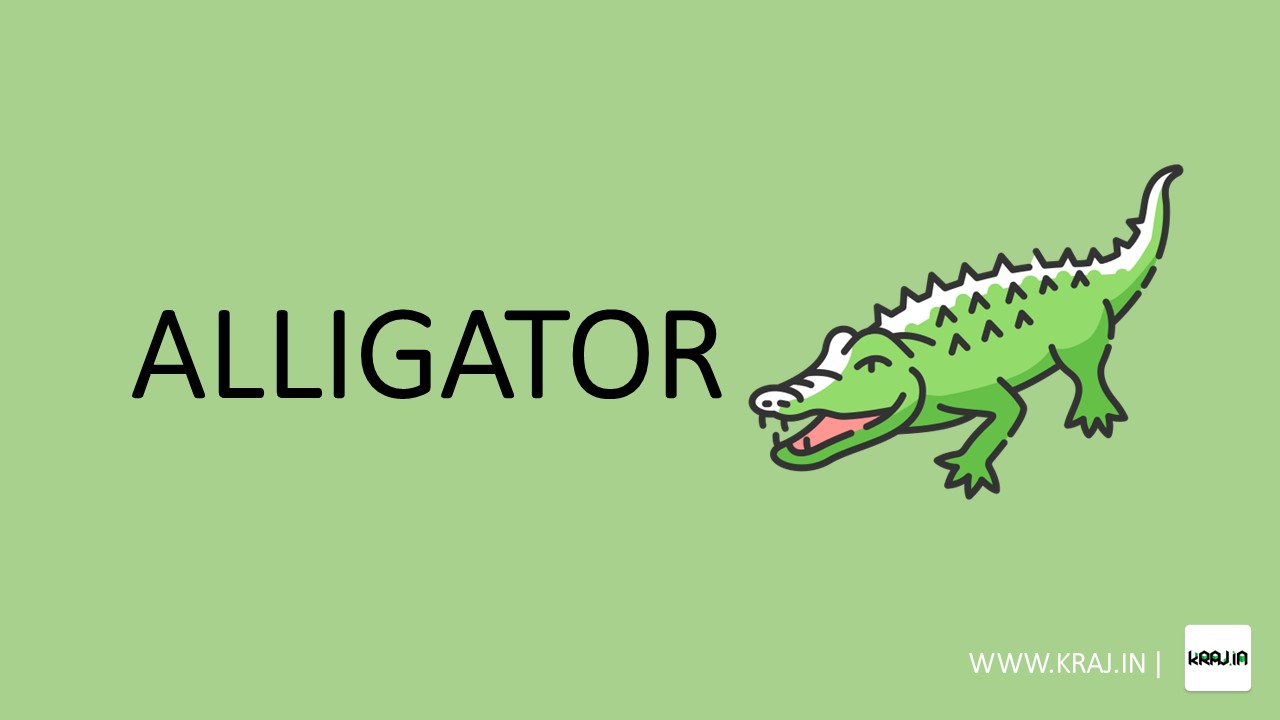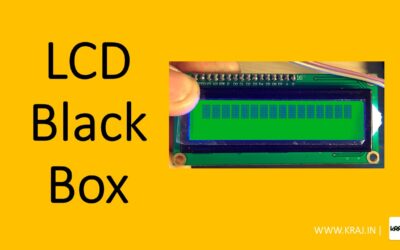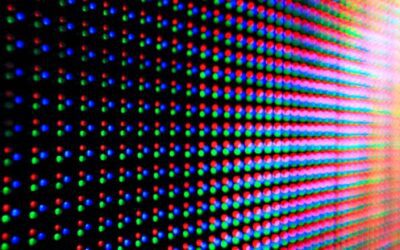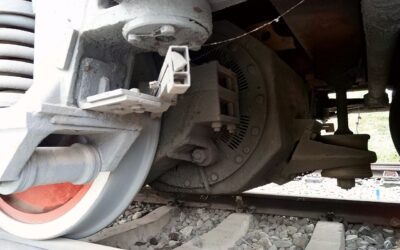Alligators are one of the most iconic and recognizable animals in the world, known for their ancient lineage and powerful jaws. These ancient reptiles are found primarily in the wetlands of the southeastern United States and play an important role in their ecosystem as a top predator. Their diet mostly consists of fish, birds, and mammals.
About Alligator:
An alligator is a big reptile that lives in the water.
They have a long body and a big jaw.
Alligators have a tough, bumpy skin.
They have a long tail and short legs.
Alligators are good swimmers.
They live in the swamps and wetlands of the southern United States.
They eat fish, birds, and mammals.
Alligators can grow very big, up to 14 feet long.
They have a special jaw that can open very wide.
Alligators can stay underwater for a long time.
They have strong teeth to bite and tear their prey.
Alligators are cold-blooded animals.
They can live for a long time, up to 50 years.
They can be different colors like dark green and black.
They have a special tongue to help them smell.
Alligators are important for the ecosystem
They are not usually dangerous to humans
They are shy animals that usually avoid contact with people
Alligators are considered as a threatened species
They are respected and loved by many people around the world.





0 Comments